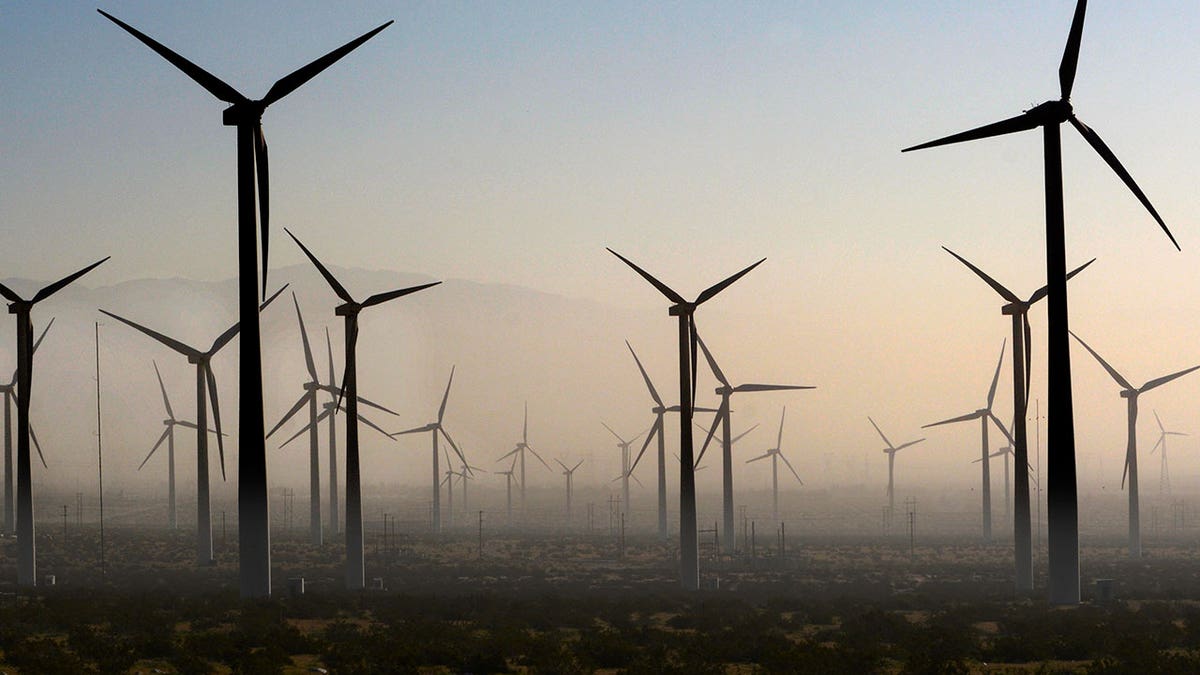Maine fishermen aim to sink Biden’s offshore wind farm plan
FOX Business’ Lydia Hu reports on President Biden’s wind farm plan opposed by Maine’s fisheries. New England Fishermen’s Stewardship founder Jerry Leeman explains how the plan poses a risk to marine life and the industry, saying ‘it’ll cripple us.’
- The U.S. Interior Department has approved the eighth commercial-scale offshore wind project, to be located off the coast of Massachusetts.
- This approval marks progress towards President Biden's target of permitting 30 gigawatts of offshore wind capacity by 2030.
- It follows the recent approval of a similar project in New York and signifies efforts to boost offshore wind infrastructure in the U.S.
The U.S. Interior Department on Tuesday approved the country's eighth commercial-scale offshore wind project, which will be built off the coast of Massachusetts, bringing online electricity to power more than 900,000 homes.
The New England Wind Project approval brings the U.S. one-third of the way to President Joe Biden's goal of permitting 30 gigawatts of offshore wind capacity by 2030 - a key part of the president's climate change agenda.
The project comes just a week after the Interior Department approved another offshore wind project in New York.
US'S FIRST LARGE OFFSHORE WIND FARM OFFICIALLY OPENS IN NEW YORK, WITH MORE TO COME
The approvals this year follow a series of attempts by companies including Equinor, BP, Avangrid and Shell, to cancel or seek to renegotiate power contracts for commercial-scale U.S. wind farms due to supply chain concerns and high materials costs.

Wind turbines are seen at the San Gorgonio Pass Wind Farm near Palm Springs, California. The U.S. Interior Department on Tuesday approved the country's eighth commercial-scale offshore wind project, which will be built off the coast of Massachusetts, bringing online electricity to power more than 900,000 homes. (Robert Alexander/Getty Images)
"The Biden-Harris administration has built an offshore wind industry from the ground up after years of delay from the previous administration," said Interior Secretary Deb Haaland.
CLICK HERE TO GET THE FOX NEWS APP
The New England Wind project, located around 20 nautical miles south of the Massachusetts island of Martha's Vineyard, is expected to generate up to 2,600 megawatts of electricity.

